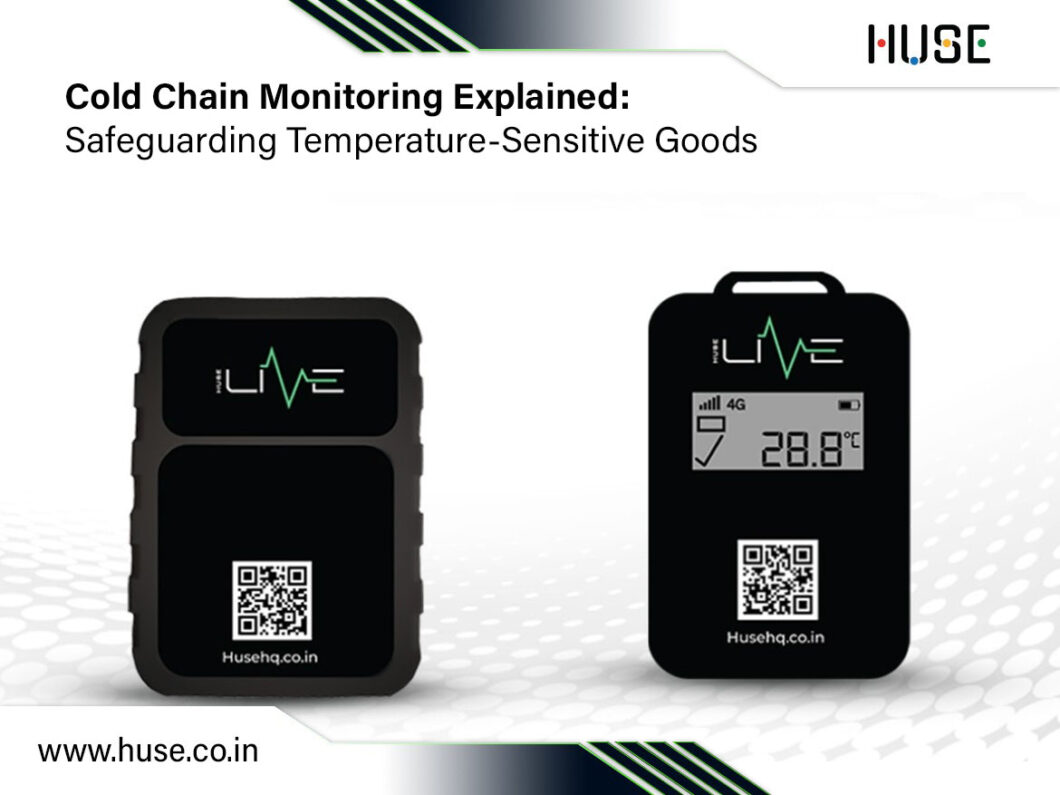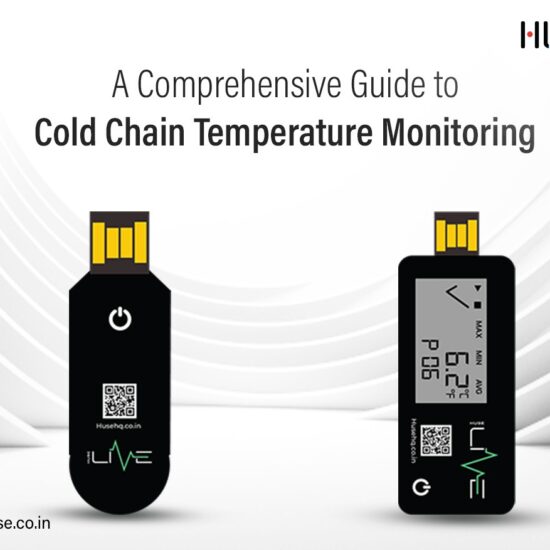Nothing ruins a product faster than the wrong temperature – ask anyone moving vaccines, seafood, or sensitive pharmaceuticals. The stakes are sky-high: a single degree off and your shipment is at risk of spoilage, costly recalls, or worse, reputational harm. If you’ve ever scrambled to salvage goods from a broken freezer or fielded angry calls about compromised medicine, you know the pain firsthand.
The solution? Cold Chain Monitoring – a system built to safeguard every link in the temperature-sensitive supply chain, from the factory floor to the customer’s door.
In this guide, we’ll break down what cold chain monitoring is, how it works, which devices keep your goods protected, and why investing in robust monitoring is non-negotiable for anyone serious about safety and compliance.
What is Cold Chain Monitoring?
Cold Chain Monitoring refers to the end-to-end tracking and maintenance of temperature for perishable goods as they move through storage, transport, and distribution. Whether it’s fresh produce, vaccines, or specialty chemicals, maintaining a steady, validated temperature is a requirement.
Modern cold chain temperature monitoring devices work around the clock, using sensors and data loggers to record and transmit temperature readings throughout the transportation period. These tools enable monitoring specialists to respond immediately if things go wrong, preventing losses before they spiral out of control.
How Does Cold Chain Monitoring Work?
Cold Chain Monitoring is all about visibility and control. Here’s a closer look at the core components and how they interact:
Sensors & Devices
At the core of any cold chain are the sensors – think cold chain data loggers, wireless probes, or even smart thermometers. These are placed inside shipments, storage units, and transit vehicles to track real-time temperature and sometimes humidity, shock, or light exposure.
Data Collection & Transmission
The readings from these cold chain temperature monitoring are sent, either via wireless or wired connections, to centralized dashboards. Advanced remote cold chain monitoring systems use cloud-based platforms to ensure instant, secure data transmission across locations and geographies.
Alerts & Automation
If temperatures drift outside pre-set limits, the system issues instant alerts via SMS, email, or app notifications. This gives operators a chance to act fast, adjust settings, reroute shipments, or even stop delivery to save the batch.
Data Logging & Compliance
Every temperature reading is logged. Regulatory audits and internal reviews become simple, thanks to a comprehensive record of conditions throughout the supply chain. It’s your built-in insurance against disputes and compliance headaches.
Applications of Temperature Monitors Across Industries
Cold chain monitoring isn’t just for pharmaceutical giants. Here’s where cold chain temperature monitoring devices make a world of difference:
Pharmaceuticals & Life Sciences
From vaccines to insulin, strict regulations require precise, documented control. Cold chain data loggers guarantee every vial and ampoule stays within spec, preventing expensive recalls.
Food & Beverage
Fresh produce, dairy, seafood, and meat rely on consistent temperatures to prevent spoilage and ensure safety. Supermarkets, distributors, and restaurants use remote cold chain monitoring systems to meet safety standards and customer expectations.
Healthcare
Blood banks, hospitals, and diagnostic labs use monitoring to maintain the integrity of biological samples and medicines.
Chemical & Industrial
Specialty chemicals, adhesives, and even electronics often require temperature-controlled transport, where a lapse can render products useless or dangerous.
Why Cold Chain Temperature Monitoring Matters
Maintaining the cold chain is meant to protect your bottom line, brand, and most importantly, consumers. Let’s discuss this in detail below:
Product Safety & Quality
Even minor temperature deviations can spoil food, reduce drug efficacy, or cause unsafe chemical reactions. Real-time alerts from cold chain temperature monitoring devices give the power to improve the conditions before products are compromised.
Waste Reduction & Sustainability
Food and pharmaceutical waste is a global problem, often caused by unnoticed temperature excursions. With remote cold chain monitoring systems, you can prevent spoilage, reduce loss, and lower your environmental footprint.
Brand Reputation
Consistently delivering high-quality, uncompromised goods strengthens trust with customers and partners, making you the supplier of choice in a crowded market.
Key Reasons Cold Chain Monitoring Is Essential
Let’s bring it all together. Here’s why your business can’t afford to ignore cold chain monitoring:
- Prevents Costly Losses – Immediate alerts and comprehensive data help you avoid the financial pain of spoiled shipments.
- Simplifies Compliance – Automated record-keeping streamlines audits and satisfies even the toughest regulators.
- Enables Continuous Improvement – Historical analytics reveal patterns and weaknesses, helping you optimize logistics and storage for future shipments.
- Scalable Protection – Whether managing five or five thousand shipments, modern cold chain temperature monitoring devices and remote cold chain monitoring systems can scale with your business.
Cold Chain Monitoring for the Win
In today’s consumer-focused world, protecting temperature-sensitive products is a non-negotiable.
Cold chain monitoring is your safeguard against loss, non-compliance, and reputational risk. By investing in reliable cold chain temperature monitoring devices, leveraging cold chain data loggers, and upgrading to remote cold chain monitoring systems, companies can keep their products safe, customers happy, and business free of unnecessary losses.
Ready to make your cold chain bulletproof? Connect with our specialist today and let us guide you to the best cold chain monitoring solutions for your business.




